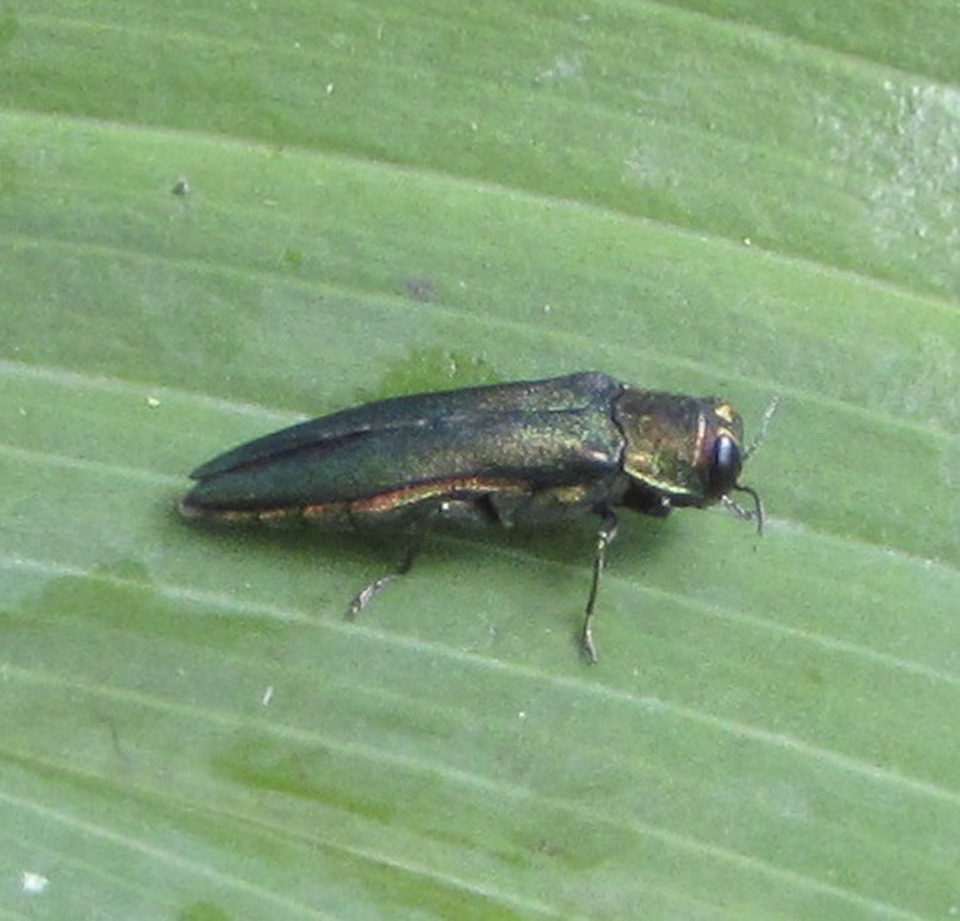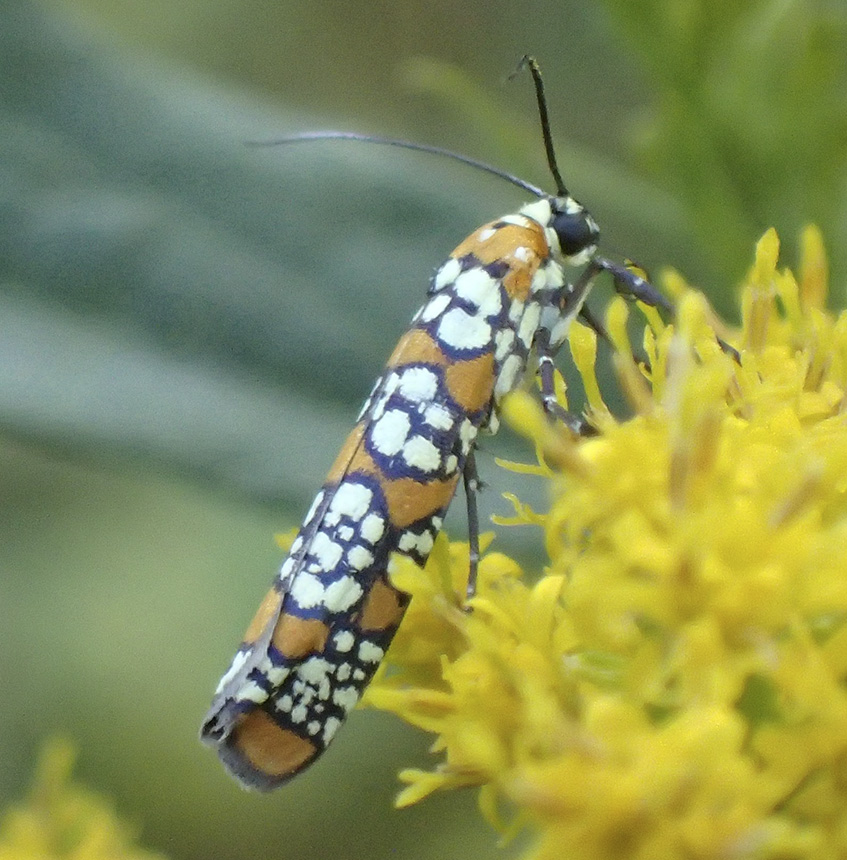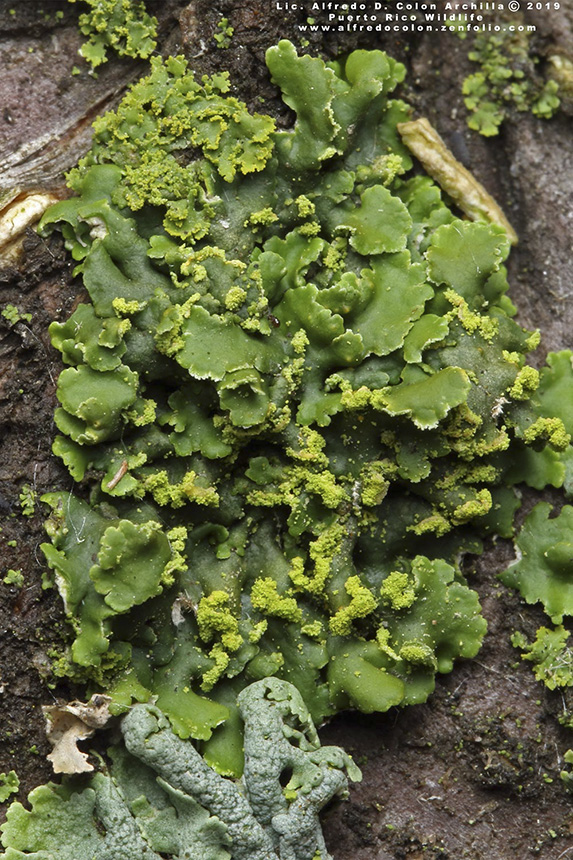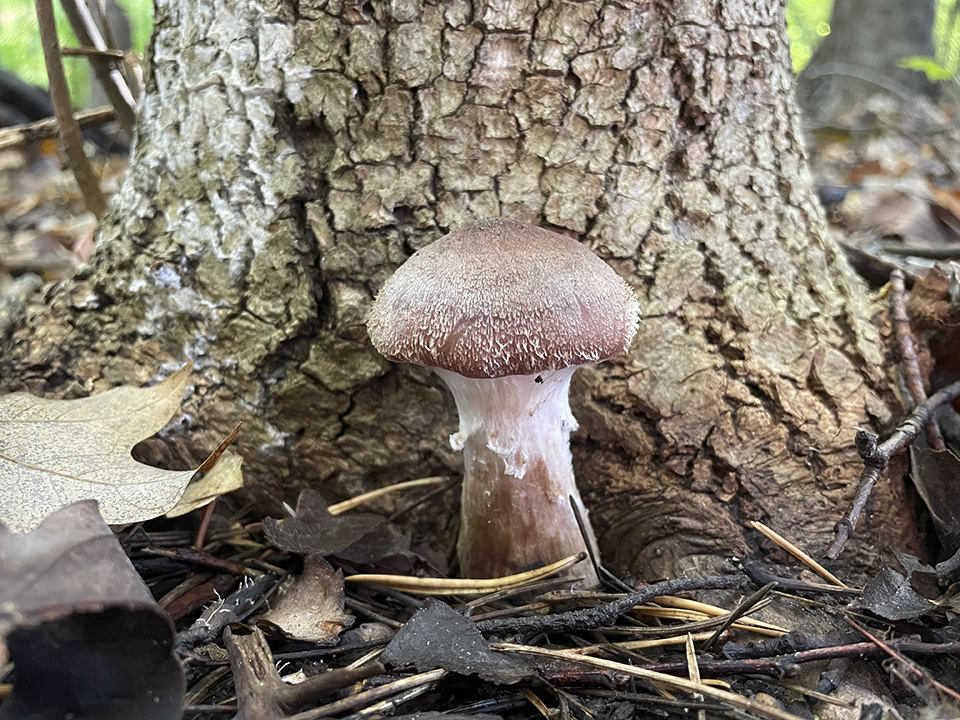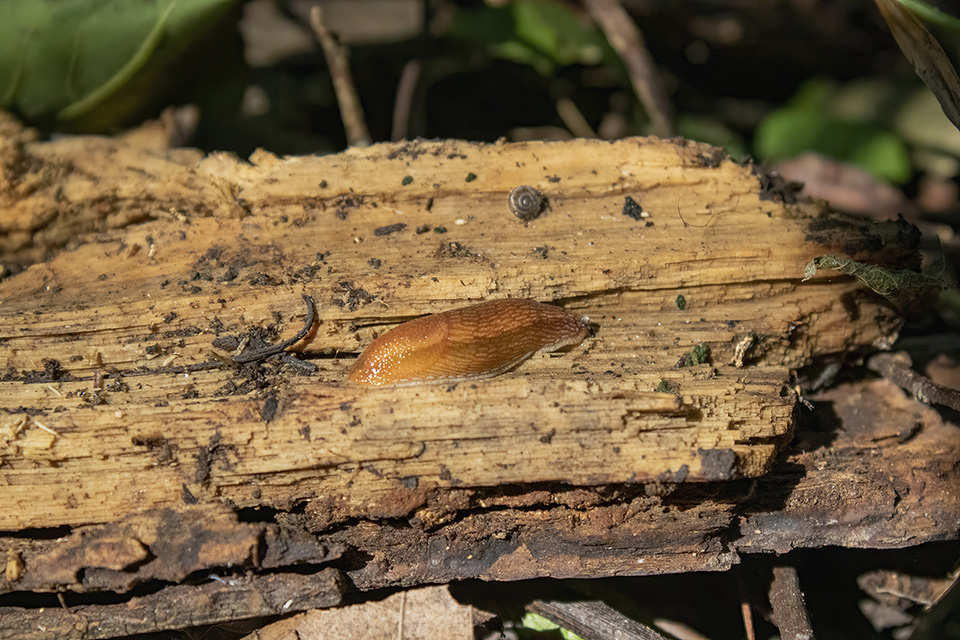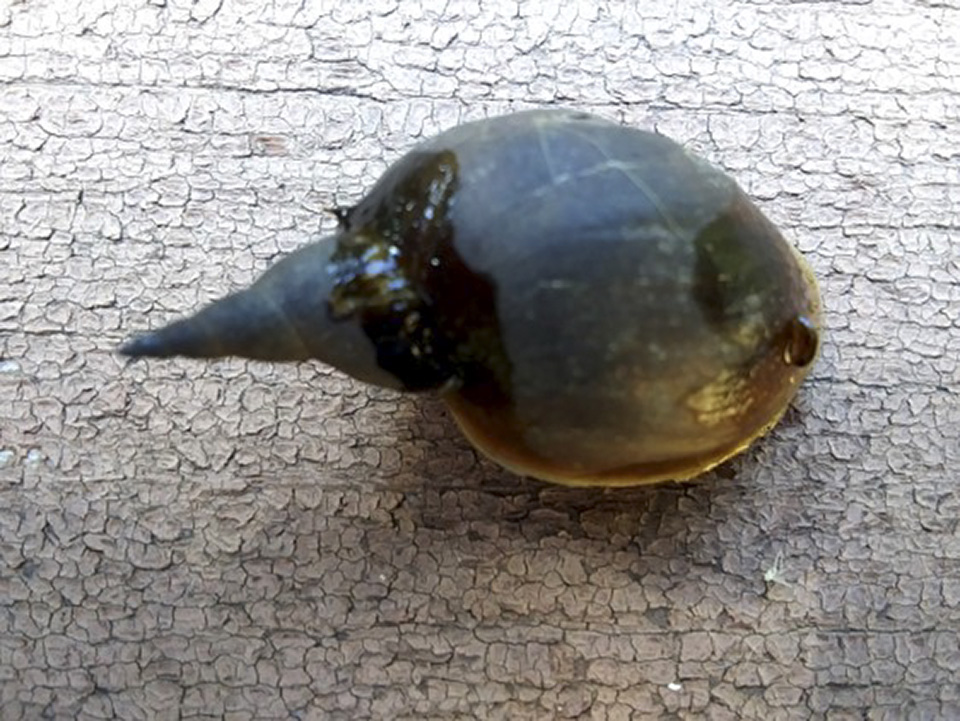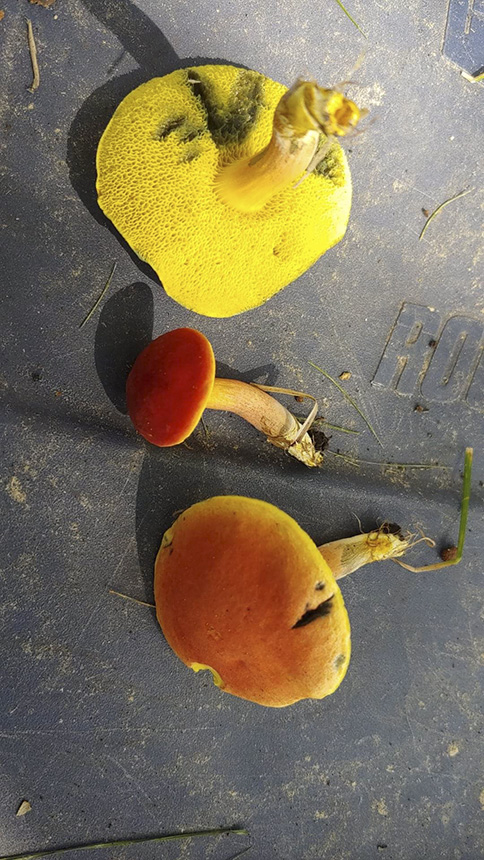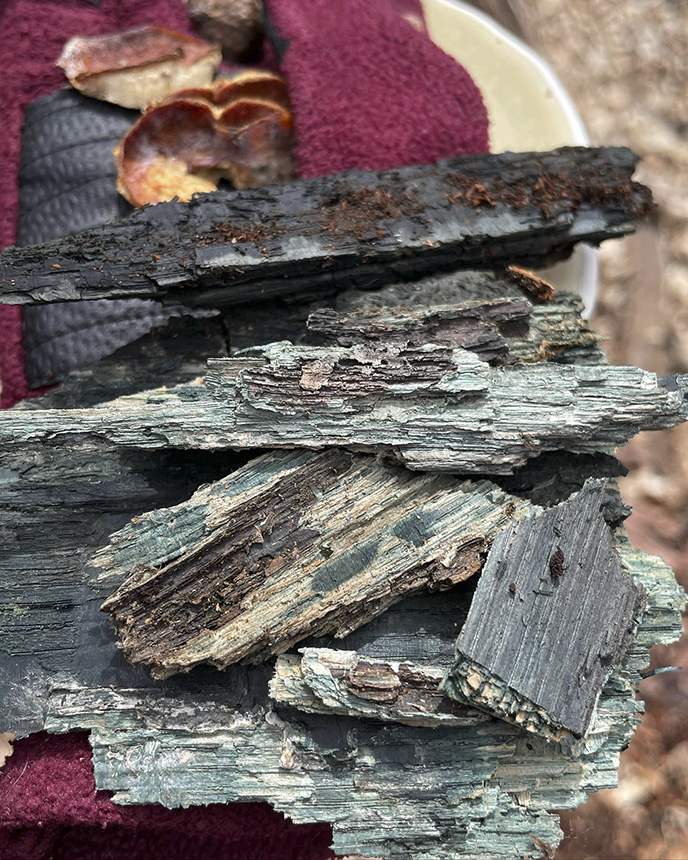
Brown marmorated stink bug (Halyomorpha halys) is an exotic, invasive, true bug. It is native to China, Japan, Korea, and Taiwan. It was accidentally imported into the United States, probably in shipping crates or on machinery. It was first collected in Allentown, Pennsylvania in September 1998, but by then there had already been several sightings. Since its introduction in the U.S., the brown marmorated stink bug has spread rapidly. It now occurs in the east from Maine to Minnesota, south to Florida and eastern Texas, and in the west from northern Washington to southern California. Between these areas there are many scattered sightings and a few expanding populations around the larger metropolitan areas.
Brown marmorated stink bug is a voracious eater. It damages fruits and vegetables, causing pitting or scarring on the outer surfaces. It also damages ornamental crops, causing small, ⅛″ (4 mm) in diameter stippled areas around feeding sites. It is considered an agricultural pest. It feeds on and causes damage to a wide variety of crops, including apples, apricots, Asian pears, cherries, corn (field and sweet), grapes, lima beans, nectarines and peaches, peppers, tomatoes and soybeans. The wounds it creates can be an entryway for diseases to attack the plant.
Brown marmorated stink bug is also a nuisance to humans. In early fall, it begins looking for a place to spend the winter. It frequently finds its way into people’s houses. Often, an individual is found near a window or door, which is its original entry point. Large congregations may be found hiding under furniture like bookcases, beds, or sofas, or under or behind baseboards.
Adults are variable in size, ½″ to ⅝″ (12 to 17 mm) in length. The body appears broad-shouldered and somewhat shield shaped. The color is also variable, usually brownish gray but sometimes brownish yellow, grayish brownish-yellow, orangish brown, or chestnut brown. The entire body is densely covered with tiny dark pits.
http://www.minnesotaseasons.com/Insects/brown_marmorated_stink_bug.html

